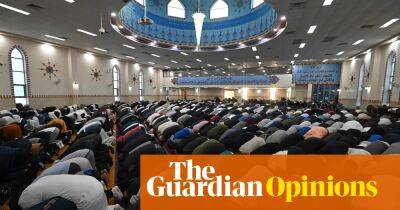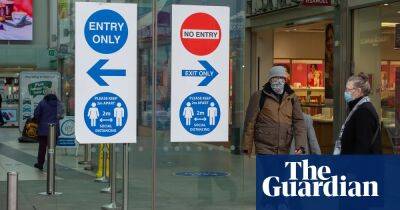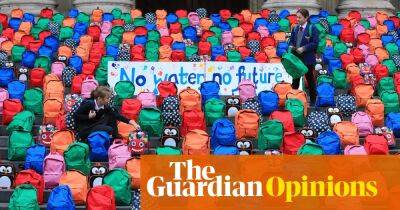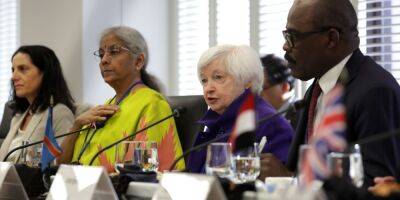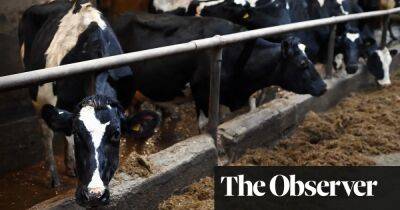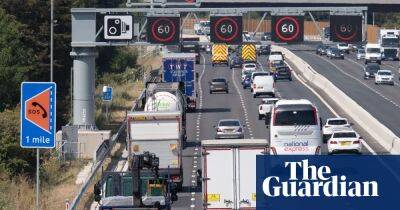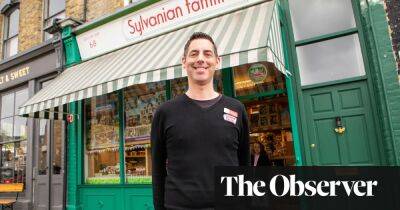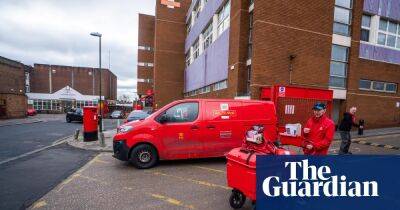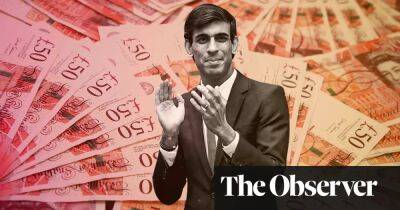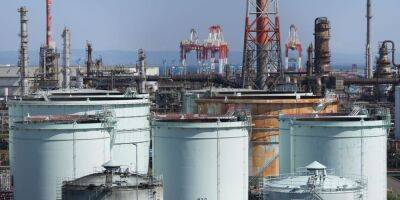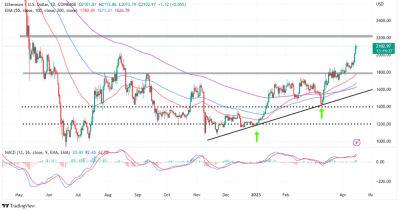Swimming pools of the rich driving city water crises, study says
The swimming pools, well-watered gardens and clean cars of the rich are driving water crises in cities at least as much as the climate emergency or population growth, according to an analysis.
The researchers said the vast difference in water use between rich and poor citizens had been largely overlooked in seeking solutions to water shortages, with the focus instead on attempts to increase supply and higher prices for water. They said the only way to protect water supplies was by redistributing water resources more equally.
The study used Cape Town in South Africa as a case study and found the richest people used 50 times more water than the poorest. When the Day Zero water crisis struck the city in 2018, after several years of drought, the poorest were left without enough water for their basic needs, the scientists said.
Cape Town was far from unique, the researchers said, with similar problems in many cities around the world. Since 2000, more than 80 big cities had experienced extreme drought and water shortages, they said, including Miami, Melbourne, London, Barcelona, São Paulo, Beijing, Bengaluru and Harare.
The researchers said urban water crises were expected to become more frequent, with more than 1 billion city dwellers expected to experience water shortages in the near future. In March, a report by the Global Commission on the Economics of Water concluded that the world faces an imminent water crisis, with demand expected to outstrip supply by 40% by 2030.
Prof Hannah Cloke, at the University of Reading, UK, and co-author of the new study, said: “Climate change and population growth mean that water is becoming a more precious resource in big cities, but we have shown that social inequality is the biggest problem
Read more on theguardian.com


